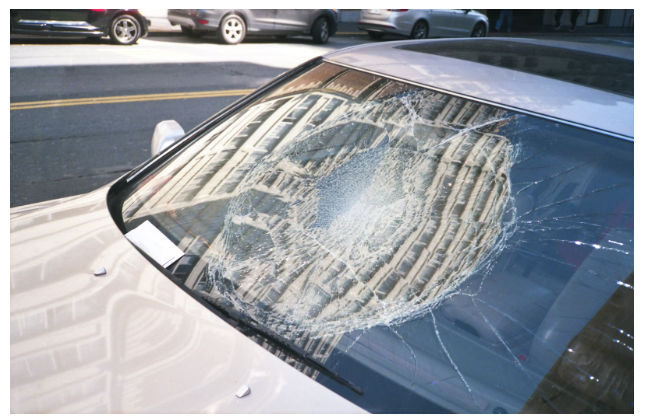Step-By-Step Guide To Performing CPR: A Lifesaving Skill
Cardiopulmonary Resuscitation (CPR) is a critical lifesaving skill that can make the difference between life and death in an emergency situation. You must learn CPR if you work in healthcare, are a worried parent, or just want to be ready for situations that come up out of the blue. This complete guide will show you how to do CPR step by step, emphasizing its significance in first aid certificate courses and CPR training programs.
Why CPR Matters?
People whose hearts have stopped beating or are beating in a strange way can be brought back to life with CPR. When things like this happen, every second counts, and acting right away can greatly increase the chances of life. These are some reasons why CPR is important:
Brain Protection: Within minutes of a heart stop, damage to the brain that can’t be fixed can begin. Giving CPR helps keep oxygen to the brain, which stops damage to the brain until help arrives.
Buy Time: CPR buys time for first responders to arrive. It keeps the blood circulating, increasing the chances of a successful resuscitation.
Increased Survival Rates: Research has shown that giving successful CPR right away can double or even triple the chances of life in people who are having a cardiac arrest.
Step-By-Step Guide To Performing CPR:
Step 1: Assess The Situation
Before you start CPR, you should make sure the person is safe. Make sure that neither you nor the person is in immediate danger. If there are any hazards, such as a fire or an electrical source, make sure they are addressed or removed before proceeding.
Step 2: Check For Responsiveness
Approach the victim and gently tap or shake their shoulder while shouting, “Are you okay?” Look for any signs of responsiveness, such as eye movement, breathing, or moaning. If the victim does not respond, assume they are unconscious and in need of CPR.
Step 3: Call For Help
If you are not alone, instruct someone to call 911 (or the emergency number in your country) immediately. If you are alone, perform CPR for about two minutes before calling for help if possible. It’s important to get professional medical assistance on the way as soon as possible.
Step 4: Check For Breathing
Once you’ve called for help, check for the victim’s breathing. Place your ear near their mouth and nose while looking at their chest to see if it rises and falls. If there is no breathing or only irregular gasps, it’s time to start CPR.
Step 5: Begin Chest Compressions
Lay the subject on their back on a hard surface. Get down on your knees next to them and put the heel of one hand in the middle of their chest, just below the jaw line. Put your other hand on top of the first one and join your fingers together.
Start chest compressions with your arms straight and your shoulders right over your hands. 100 to 120 times per minute, try to push down hard and quickly until you hit a depth of at least 2 inches (5 cm). If you stop pressing on the chest, let it fully loosen up.
Step 6: Perform Rescue Breaths (If Trained)
If you are trained in CPR and comfortable with rescue breaths, perform them after every 30 chest compressions. Ensure an open airway by tilting the victim’s head backward slightly. Pinch their nose shut, cover their mouth with yours, and give two rescue breaths, each lasting about one second and causing the chest to visibly rise.
Step 7: Continue CPR
Keep doing 30 chest compressions and then 2 rescue breaths (if you know how) until:
- Professional help arrives.
- The victim starts breathing on their own.
- You are too exhausted to continue.
Step 8: Use An Automated External Defibrillator (AED)
AED stands for Automated External Defibrillator. If you can find one, use it right away. AEDs are easy-to-use machines that can check the heart rate of a victim and give them an electric shock if needed. Pay close attention to what the AED says or shows you.
Conclusion: The Importance Of First Aid Certificates and CPR Training
In emergency situations where CPR is needed, knowing what to do can be a lifesaver. That’s why CPR training is an integral part of first aid certificate programs. People who take these training courses learn what to do in life-threatening scenarios and how to do it successfully.
CPR training not only teaches the techniques outlined in this guide but also provides hands-on practice and simulations to build confidence and competence. It covers various scenarios, including CPR for adults, children, and infants, and emphasizes the importance of quick and decisive action.
By earning a first aid certificate, individuals demonstrate their commitment to the safety and well-being of their communities. These certificates also often include CPR certification as a core component, making trained individuals valuable assets in times of crisis.


